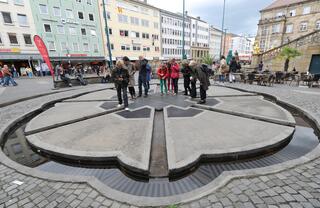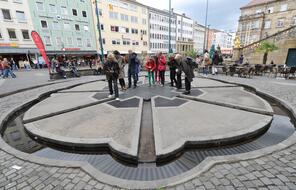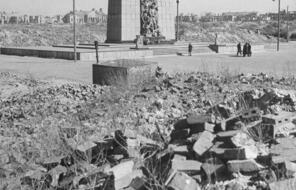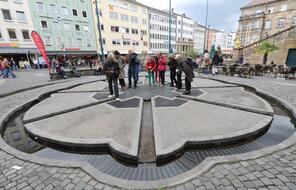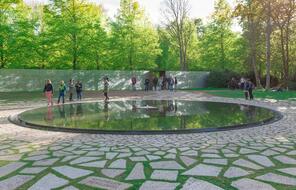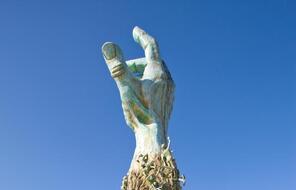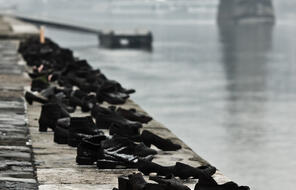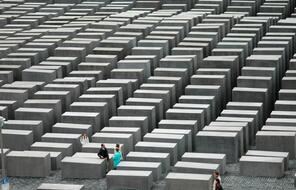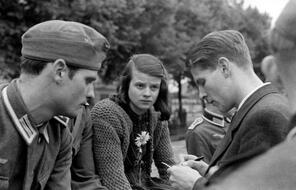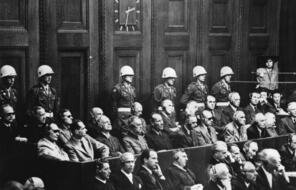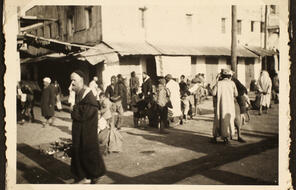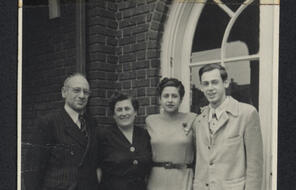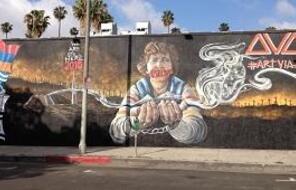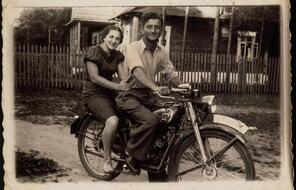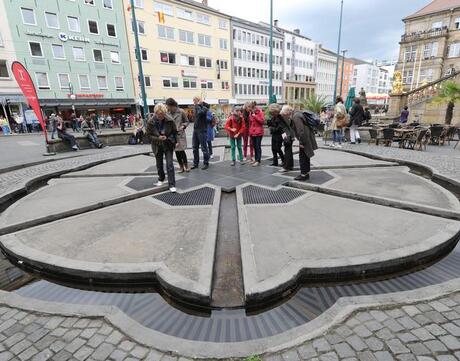
How Should We Remember? (UK)
Overview
About This Lesson
The previous lesson began the ‘Judgement, Memory, and Legacy’ stage of the Facing History & Ourselves scope and sequence by helping students wrestle with dilemmas of justice after the Holocaust. This lesson continues that stage of the scope and sequence by helping students think deeply about the impact of memory and history on the present day. In particular, this lesson engages students in the processes of both responding to and creating memorials to the Holocaust. By doing so, they are forced to grapple with key questions about why history is important and how our memory of history is shaped and influenced. Students will begin by learning about several Holocaust memorials around the world and analysing the choices that artists and communities made when creating them. Then they will design, plan, and create their own memorial to represent an idea, event, or person they believe is important to remember from the history of the Holocaust.
Preparing to Teach
A Note to Teachers
Before you teach this lesson, please review the following guidance to tailor this lesson to your students’ contexts.
Lesson Plan
Activities
Extension Activities
Materials and Downloads
Quick Downloads
Download the Files
Get Files Via Google
How Should We Remember? (UK)
Unlimited Access to Learning. More Added Every Month.
Facing History & Ourselves is designed for educators who want to help students explore identity, think critically, grow emotionally, act ethically, and participate in civic life. It’s hard work, so we’ve developed some go-to professional learning opportunities to help you along the way.
Exploring ELA Text Selection with Julia Torres
On-Demand

Working for Justice, Equity and Civic Agency in Our Schools: A Conversation with Clint Smith
On-Demand

Centering Student Voices to Build Community and Agency
On-Demand




